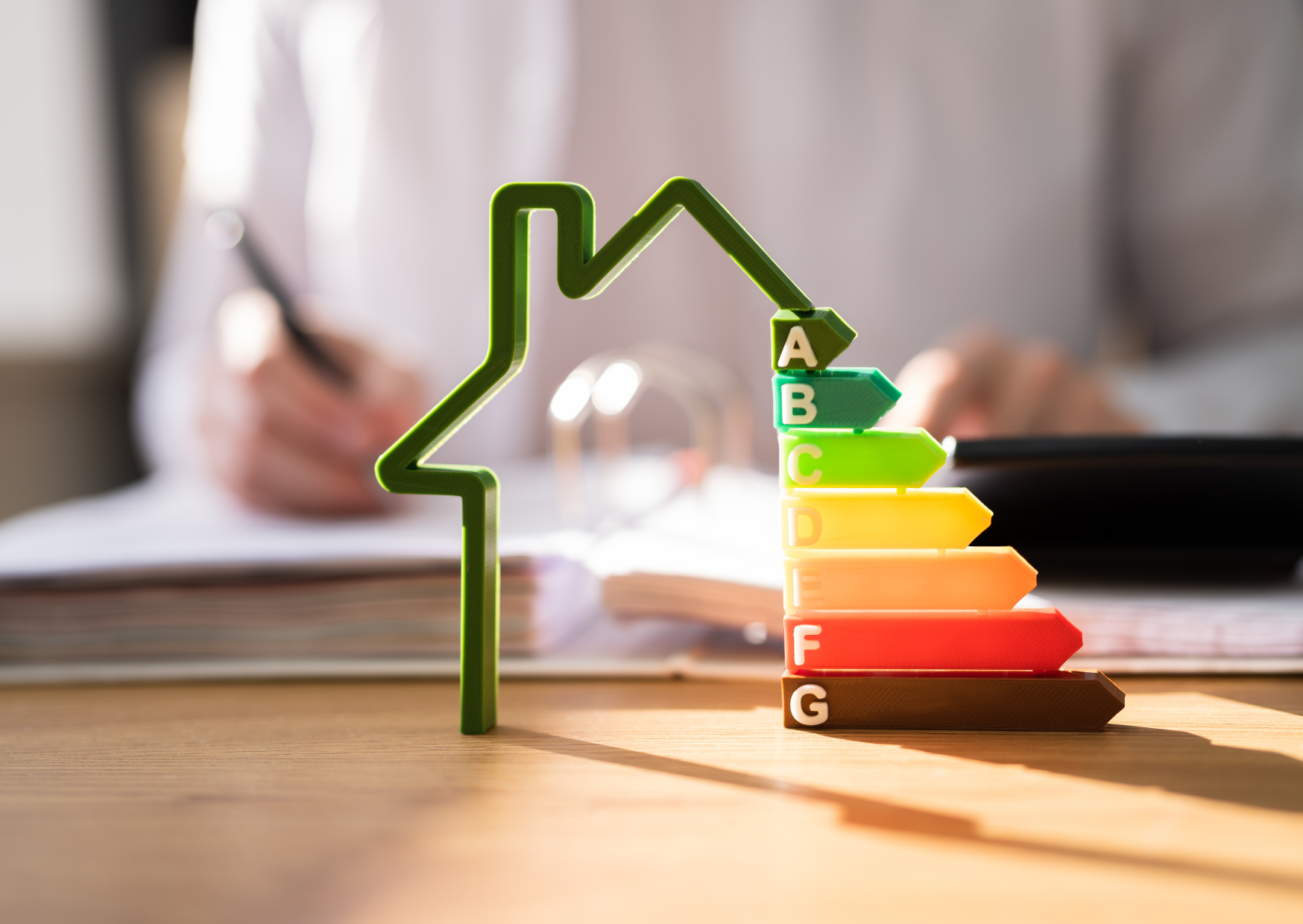


Energy Provision
Utility infrastructure is critical for any new development. That may be increasing the capacity of existing infrastructure - such as a new or upgraded electricity substation or transformer - or providing new supplies. Looking at energy savings and decarbonisation issues is also of key importance of course with existing buildings and portfolios and there is much advice available on these matters.
Energy Centres are essentially Heat and Energy Networks designed to promote new heating solutions. These local power networks can provide heat and electricity across a larger site, connecting all the new and future buildings and contributing to the decarbonisation route map for the site.
Buildings on a development can be heated by a low-carbon heating exchange based within the building on a site or nearby it and can generate energy savings of some significance using smart building management systems which regulate the temperature and lighting, responding to external lighting conditions and saving energy by turning lights off when rooms are not being used. LED lighting saves 50% of energy costs compared to traditional lighting. Programmable lift technology minimises journeys by empty lifts, and use of staircases is encouraged.
A site assembly strategy document needs to be produced with appropriate plans to enable full title investigation prior to agreeing a site assembly strategy. Drafts of the relevant documentation to be adopted need to be prepared prior to implementation of the strategy so they are available to facilitate site transfer whether freehold, leasehold or by deed of easement or access licence.
A report on title may be necessary as well as surveying advice on ground conditions and likely value considerations and acquisition powers even compulsory purchase in certain circumstances.
The key risks are identifying and procuring the relevant land as well as getting buy in from those intended to use it. These schemes can be costly to implement but have the potential to generate cost savings of significance over the life cycle of a project in an era where the rising costs of utility supply are a key challenge.
Green leases have evolved where sophisticated landlords are increasingly insistent on ‘green’ clauses within their lease precedents. Such provisions may place a range of obligations on the tenant, such as cooperating with the landlord to obtain an EPC, sharing data relating to energy efficiency or attending ‘environmental forums’ alongside the landlord and other occupational tenants.
These obligations can vary from simple incentives, such as a tenant’s environmental improvements being disregarded on rent review — more onerous obligations, where a tenant may be contractually prohibited from carrying out any alterations or using equipment that may worsen a property’s environmental performance.
Tenants have generally been resistant to such green lease provisions — perhaps wary of veiled attempts by landlords to improve their property’s energy efficiency at the tenant’s expense. Yet ultimately energy-efficient properties may benefit tenants in the form of reduced energy outgoings, improved sustainability and better employee retention.
Overall, a balance needs to be reached to create sustainable development and investment.
Clive Bleasdale, Partner, Weightmans